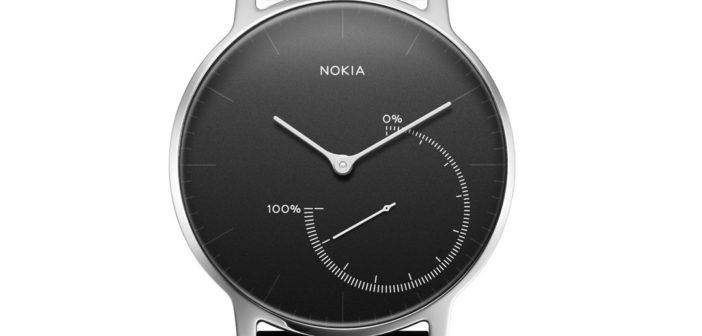Expect a CAGR of 25% to 2022 for this growing market
Enterprise wearable shipments will reach over 118 million in 2022, increasing from just over 38 million in 2017, a CAGR of 25%, according to ABI Research. The enterprise wearables market is continuing to see stronger growth than the consumer market, which has shipment numbers increasing at a lower CAGR of 13%.
Healthcare devices, wearable cameras, and wearable scanners will account for 73% of enterprise wearable shipments in 2022. Innovative companies are leading the charge, such as Royole with flexible components, Waverly with real time translation, and Axon (previously Taser) with wearable cameras, said ABI.
“Despite currently having lower shipment numbers, enterprise wearables are growing at a much stronger rate than consumer devices,” said Stephanie Lawrence, research analyst at ABI Research. “These devices provide users across all industry verticals with hands-free access to information and communication, enabling them to become more productive.”
Healthcare devices are the dominant enterprise wearable device type due to the significant benefits that they provide within the healthcare industry, such as the ability to remotely monitor many patients’ vitals at one time, stated ABI. The devices account for 30% of enterprise wearable device shipments, as the healthcare industry vertical requires a large number of the devices for the continuously growing number of patients.
Wearable cameras and scanners are other dominant device types. Wearable cameras are particularly strong in the government and military industry vertical which accounts for 26% of the device shipments. This is mostly due to the devices’ ability to record information (for example, police officer activity), which can then be used as indisputable evidence. Wearable scanners account for 37% of the shipments. Wearable scanners aid workers, particularly those in warehouses and manufacturing, granting the ability to scan barcodes while they work and improving productivity as they do not have to pick up and put down a separate device.
“Enterprise wearable device usage is continuously on the rise because more and more companies are understanding the benefits of deploying the devices to specific tasked workers,” concluded Lawrence. “Return on investment potential is continually shown, and key performance indicators are proving positive. This will continue to cause enterprise wearable shipments to rise at a higher rate than consumer wearable shipments, where the devices productivity improvement benefits do not have don’t have the same impact.”





